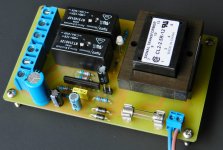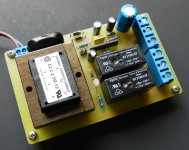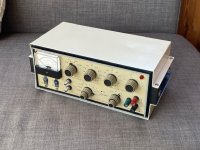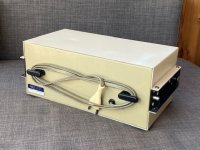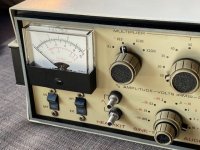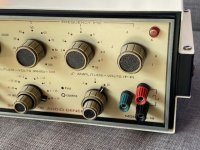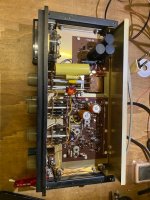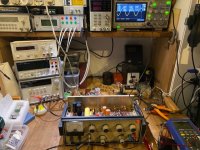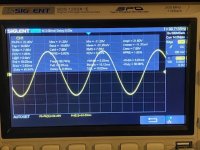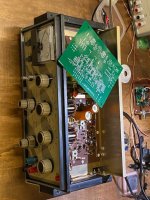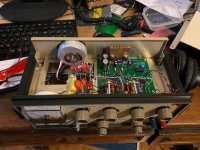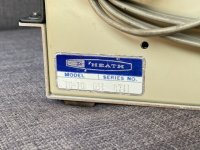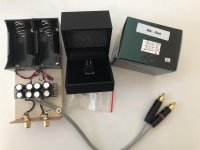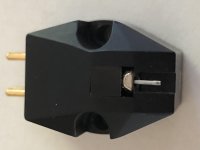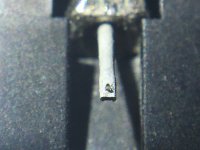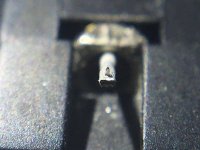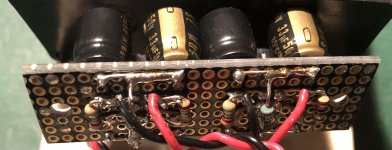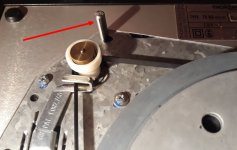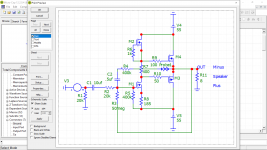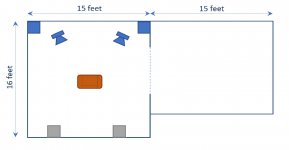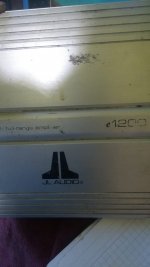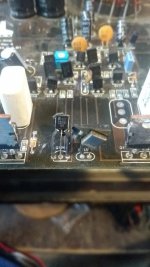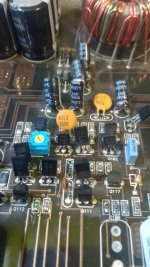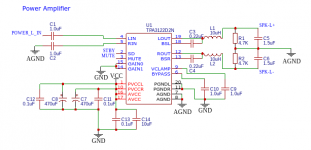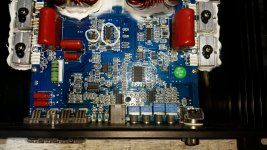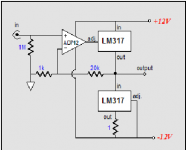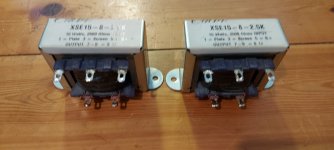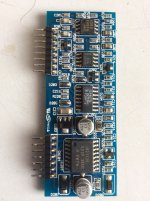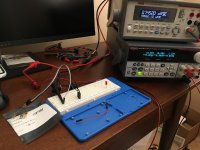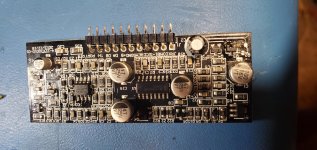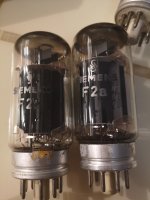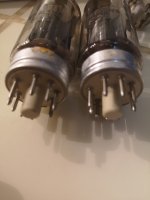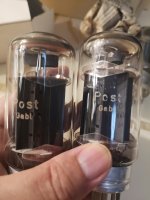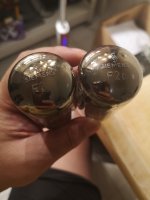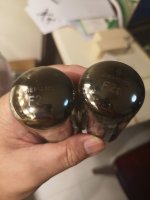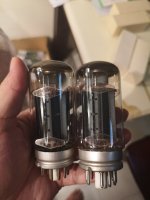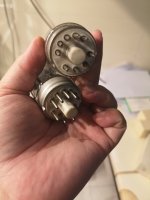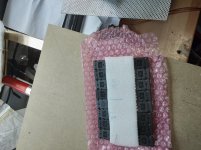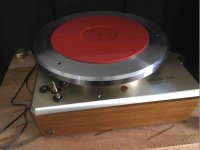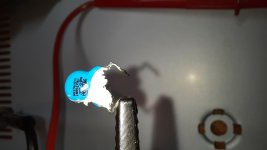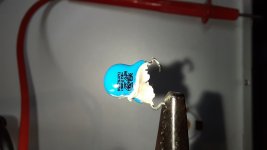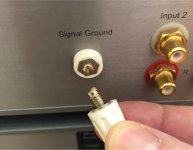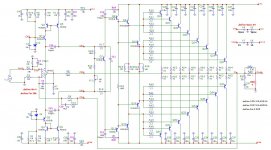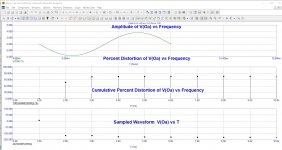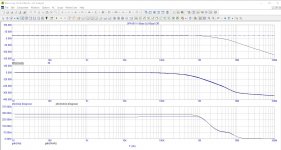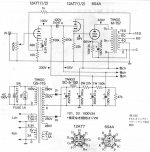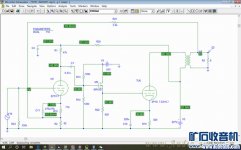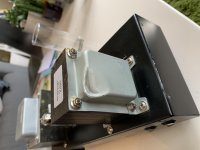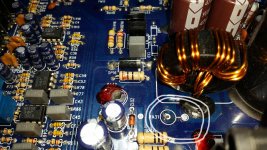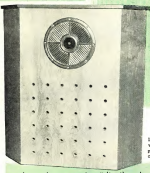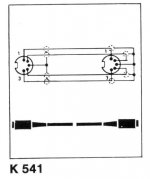Custom tube torroid order calculation check please
- By NickKUK
- Power Supplies
- 1 Replies
Just looking for a critique/common sense check for the custom toroidal order I want to submit later this week. Sorry for the amount of info but it's complex hence asking for help.
Future requirement - to be able to use this transformer to test prototype modules for a later amp using tube based opamps etc. However for now this is V1:
V1 Amp requirements - this is the amp's requirements.
+320V at the B+ rail, 120mA total (per ch: 20mA max for cascode, 2x20mA for drivers)
-320V at the B- rail, 40mA total (per ch: 20mA for cascode only, drivers are to ground)
+200V at the output B+ rail, 480mA (per ch: 4x60mA)
-200V at the output B- rail, 480mA (per ch: 4z60mA)
Each supply will ultimately have a 9H choke then a maida regulator. I will find out the choke resistance but for now I'm using spec for a 9H toroidy choke (29ohm) and then putting ~30V drop for the maida. The supply is full wave rectified hence 1.414 voltage increase and I'm making an assumption of 0.60 current drop.
Thus the power supply requirement for the 320V rails at 160mA:
320 + 30 + (0.16*29) = 355V, then /1.414 = 251V voltage from the secondary.
160mA / 0.60 = 266mA required from the secondary.
Thus ~ 215*0.266 = ~ 60VA minimum
For the power supply for the 200V rails at 480mA:
200 + 30 + (0.48*29) = 244V, then /1.414 = 172V voltage from the secondary
480mA / 0.60 = 800mA required from the secondary.
Thus 172*0.8 = ~140VA minimum
Heater requirements
12.6V Heater referenced to +50V, 3.4A total from the following:
* 2x 3x300mA
* 2x 2x400mA
12.6V Heater referenced to -150V, 2.4A total from the following:
* 2x 1x300mA
* 2x 2x400mA
This will be regulated DC, again this will likely be a RC (5ohm) with a maida (10V drop configured), full wave rectified. Just taking the larger current at 3.4A:
12.6V + 10V + 3.4*5 = 40V, then /1.414 = 28.2V or 30V
3.4A / 0.60 = 5.7A
30 * 5.7 = 171VA
So anything I may have forgotten (perhaps 2-3V for the diode drop?) or observations?
I'd like to finalise the order later this week.
Future requirement - to be able to use this transformer to test prototype modules for a later amp using tube based opamps etc. However for now this is V1:
V1 Amp requirements - this is the amp's requirements.
+320V at the B+ rail, 120mA total (per ch: 20mA max for cascode, 2x20mA for drivers)
-320V at the B- rail, 40mA total (per ch: 20mA for cascode only, drivers are to ground)
+200V at the output B+ rail, 480mA (per ch: 4x60mA)
-200V at the output B- rail, 480mA (per ch: 4z60mA)
Each supply will ultimately have a 9H choke then a maida regulator. I will find out the choke resistance but for now I'm using spec for a 9H toroidy choke (29ohm) and then putting ~30V drop for the maida. The supply is full wave rectified hence 1.414 voltage increase and I'm making an assumption of 0.60 current drop.
Thus the power supply requirement for the 320V rails at 160mA:
320 + 30 + (0.16*29) = 355V, then /1.414 = 251V voltage from the secondary.
160mA / 0.60 = 266mA required from the secondary.
Thus ~ 215*0.266 = ~ 60VA minimum
For the power supply for the 200V rails at 480mA:
200 + 30 + (0.48*29) = 244V, then /1.414 = 172V voltage from the secondary
480mA / 0.60 = 800mA required from the secondary.
Thus 172*0.8 = ~140VA minimum
Heater requirements
12.6V Heater referenced to +50V, 3.4A total from the following:
* 2x 3x300mA
* 2x 2x400mA
12.6V Heater referenced to -150V, 2.4A total from the following:
* 2x 1x300mA
* 2x 2x400mA
This will be regulated DC, again this will likely be a RC (5ohm) with a maida (10V drop configured), full wave rectified. Just taking the larger current at 3.4A:
12.6V + 10V + 3.4*5 = 40V, then /1.414 = 28.2V or 30V
3.4A / 0.60 = 5.7A
30 * 5.7 = 171VA
So anything I may have forgotten (perhaps 2-3V for the diode drop?) or observations?
I'd like to finalise the order later this week.
